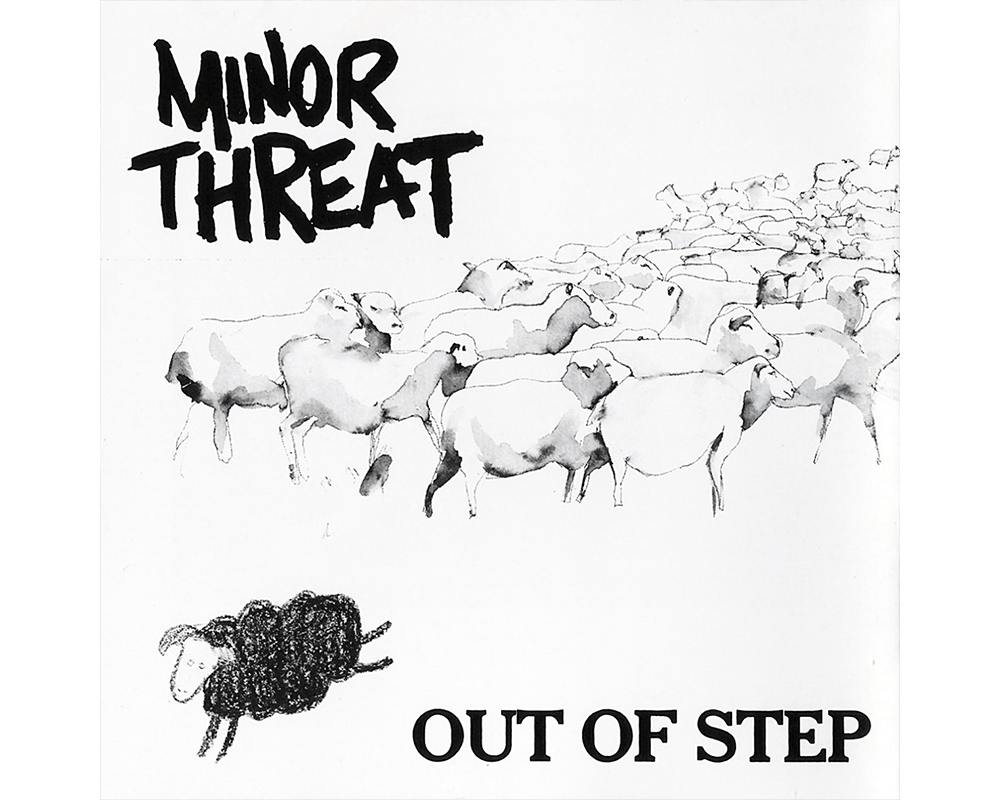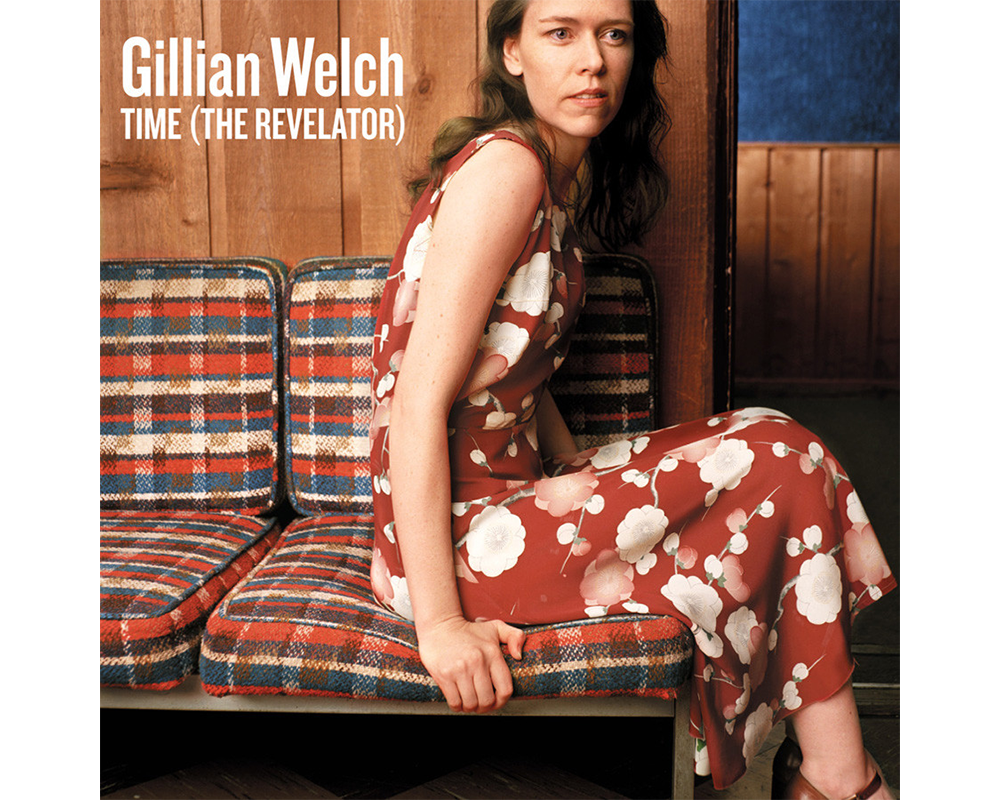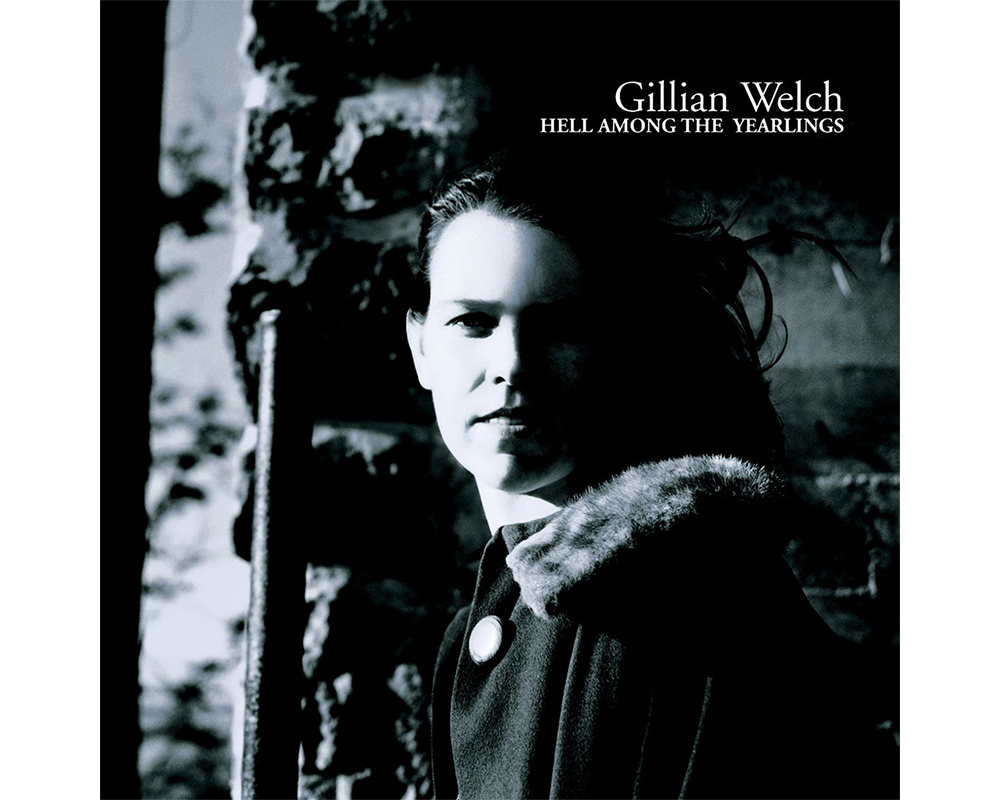To reiterate: the problem is not generating the energy but rather managing it. Taking a moment from a drum-centric view, I think it’s worth considering how energy is presented in songs which handle it more or less the same way, though to different ends.
In the case of early Hardcore, for example, there are two conditions under which the energy is maintained. First, the tempos are unusually fast. Second, the songs in this style generally contain all the same elements as conventional popular songs, they just occur more rapidly. So there are verses, choruses, bridges, solos, or codas, all occurring in the space of under two minutes instead of the usual three or four.

Minor Threat, “Out of Step,” Out of Step, 1983.
The aim of the accelerated tempos is clear: manage the energy by forcing a burst of it and nothing else. A limitation to the style is that each song must be short. The aggression and compression makes longer songs unthinkable.
A variation on this style appears in a certain vein of popular folk-derived music (Bob Dylan, Neil Young, Mark Kozolek, et al.) . In these songs, pace and duration are determined by the song’s lyrics and the singer’s style; that is, the manner in which s/he sings and how long it takes to sing everything. Gillian Welch’s “Dream a Highway” is an example of this practice, as is her “My Morphine,” whose yodel might be the slowest such call ever recorded. It is aloof, nostalgic, self-absorbed, slow, sweet, remorseful.

Gillian Welch, “I Dream a Highway,” Time (The Revelator), 2001.

Gillian Welch, “My Morphine,” Hell among the Yearlings, 1998.
Both the folk-derived mode and that of Hardcore, however much they swing to extremes of tempo and duration, still stay close to the form, if not the structure of conventional songs. I suspect this is due, in large part, to their reliance on singers. In the above cases, the vocals and music reflect each other mutually: the first voice can’t keep up (or thinks he can’t), the second dreams at her own pace, the third sings from the depths of a dope habit. The music is frantic, contemplative, and stoned, respectively.
In any case, I think this mutual reflection is a sign of the quality of songwriting — the high level of craft — at work here. Each of these songs continues to resonate with its fans, even after many years and with no obvious distinction from its peers. [footnote]e.g. most Hardcore fans like several bands in their preferred genre, which all sound identical to the uninitiated ear — one has to learn to hear it; the same is true for slow, long, Americana or roots music: get hip or get lost, which is further true, upon reflection, of most things worth knowing. But I digress…[/footnote]
Most of the time, if someone in a conversation about music brings the term “craft” to bear, they’re talking about singers and popular music. I suspect further that what they’re responding to is the fact that they are moved in some notable way by the music in question even though they know precisely where the tune is headed. This notion of craft, then, describes to me the effectiveness of a song’s distribution of energy according to its conventions: if the song does precisely what we expect in an unexpected way, we praise its craft.
I contend that craft is defined by its unique relevance to an established practice. Once one abandons the parameters of a given practice, one must establish, from the outset, the parameters of the new practice. These parameters will result in a new definition of craft.